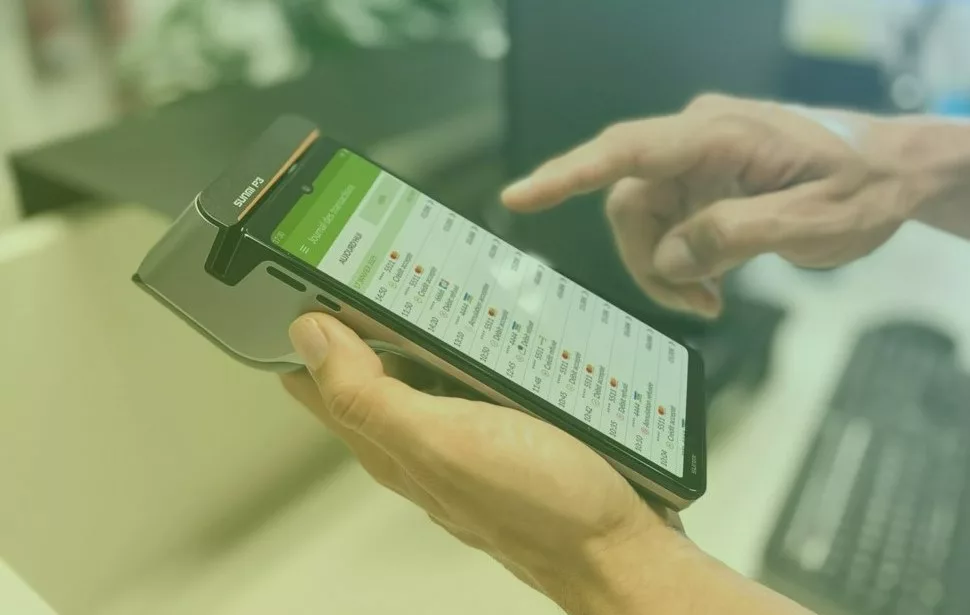Omnichannel payment is a methodology that coexists perfectly with multi-channel payments. That is, you can have different payment methods and have them integrated into a single payment gateway or platform. This is increasingly becoming a requisite for any eCommerce business, affecting several levels of revenue generation.
Did you know that the level at which your payment methods can be considered omnichannel is vital to the user experience with your online shop?
What is omnichannel in payments?
It is the integration of all payment channels in a single platform or payment gateway so that the user perceives a unique and consistent experience when making purchases in your business. This way, you can integrate different payment methods in a single place while ensuring a complete experience.
What are the advantages?
Thanks to this omnichannel methodology, your eCommerce can:
- Reduce abandonment in shopping carts and barriers in online product sales.
- Increase the flexibility and confidence customers need when paying for their purchases.
- Increase the value of the average basket by a very significant percentage and the conversion rate.
- Generate cross-selling between channels, e.g. make an in-store sale when the customer goes to pick up or return an online order.
- Improve the user experience and reduce the risk of return fraud.
- Give consumers the possibility to make the payment in one click. Quick and easy.
The essence of omnichannel lies in the channel, the option and the means of payment your customers choose. Any business not revolving around this methodology will lose competitiveness and loyalty capacity over time. For this reason, many eCommerce sites are taking a step towards reliable integration.
Why are payment gateways an omnichannel method?
Adapting payment methods to this channel is essential to the smooth running of any business. Payment gateways achieve this simply: they combine different integrated payment methods, with a standard interface and a single login that improves the user’s shopping experience.
Many eCommerce sites have partners to manage all payment channels on a single platform, with customised solutions. Do you also go for easy integration via plugins or an easy and flexible API? Look for a reliable partner.
WeChat and Alipay as omnichannel methods
On the one hand, WeChat is an omnichannel platform that allows access to instant messaging, shops and payment services, among other things. It is a Chinese application that serves everything and presents multiple features, from payments to social networks and shopping services, among many other things. In a single application, it offers features that, in other circumstances, we would do through several Apps. That’s why we speak of an omnichannel application: because multiple actions are integrated into it.
On the other hand, in Alipay the same thing happens. It offers through a single channel the possibility to manage financial services, make payments in restaurants and small shops from the mobile phone, make transfers, top up the mobile phone, pay bills, etc. In short, it allows you to optimise how you pay for any product or service and offer financial services to users. That’s why more than 600 million people use it every day.
How to construct an omnichannel payment method
It doesn’t matter if your business needs a Virtual POS, voice recognition payments or any other method. Thanks to payment gateways, you can count on all of them in a comprehensive and complementary way. Technology has transformed how we consume so that payment methods have evolved, increasing the sales and conversion rate in e-commerce.
Omnichannel and payment methods should not run separately from the user experience, as they are a part of the shopping process. The alternatives and ease with which they allow users to make their payments are very important in the success or failure of the sales process of any eCommerce.
The consumer experience is the focus of the strategy
The omnichannel strategy is often responsible for simultaneously boosting sales in physical and online shops. A satisfactory and consistent consumer experience is the key to any business’s success. Generally, when we talk about an omnichannel strategy, it is also important to remember that it plays an essential role in eCommerce, both in terms of experience and sales, as consumer satisfaction with the brand increases customer value in the long run.
Consumer behaviour has changed, and in this transformation process, technology and Smartphones play a decisive role. Today, the consumer pays much more attention to the type of channel he or she uses to receive optimal service. Multichannel may offer consumers the possibility to interact with the brand or purchase through different means. Still, it does not imply a strategy that links them, as with payment gateways.




